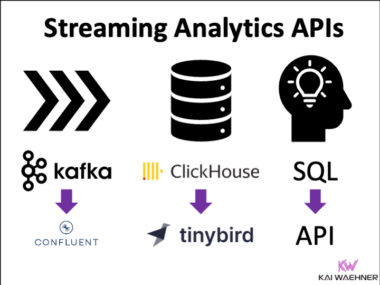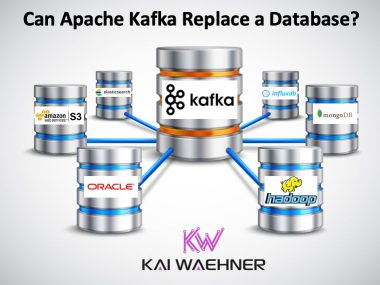Apache Kafka and Tinybird (ClickHouse) for Streaming Analytics HTTP APIs
Apache Kafka became the de facto standard for data streaming. However, the combination of an event-driven architecture with request-response APIs is crucial for most enterprise architectures. This blog post explores how Tinybird innovates with a REST/HTTP layer on top of the open source analytics database ClickHouse in the cloud. Integrating Kafka with Tinybird, the benefits of fully managed services like Confluent Cloud, and customer stories from Factorial and FanDuel show why Kafka and analytics databases complement each other for more innovation and faster time-to-market.






